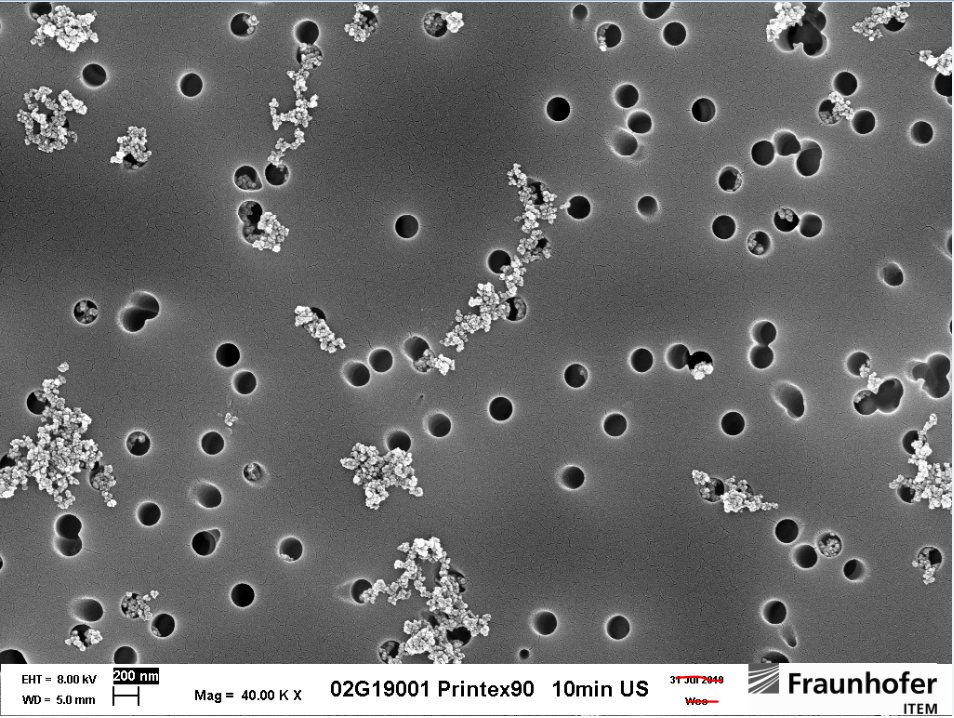Toxicokinetics of carbon black
Carbon black, also referred to as technical soot, is virtually pure elemental carbon in the form of particles that are industrially produced by incomplete combustion or thermal decomposition of gaseous or liquid hydrocarbons under controlled conditions. This technical soot is a black, finely dispersed powder containing nanoscale particulates, taking the form of aggregates (100-1000 nm) that make up agglomerates with diameters in the range of 1-100 µm. A large proportion of carbon black is used in the rubber industry, especially in tire manufacturing, and also as a component of paints, inks, coatings and plastic products. The toxicokinetic behavior of nanoscale particles after pulmonary or oral deposition is of great scientific interest because, due to their tiny size, they might have a potential for migration into the bloodstream and thus systemic exposure.
 Fraunhofer Institute for Toxicology and Experimental Medicine
Fraunhofer Institute for Toxicology and Experimental Medicine